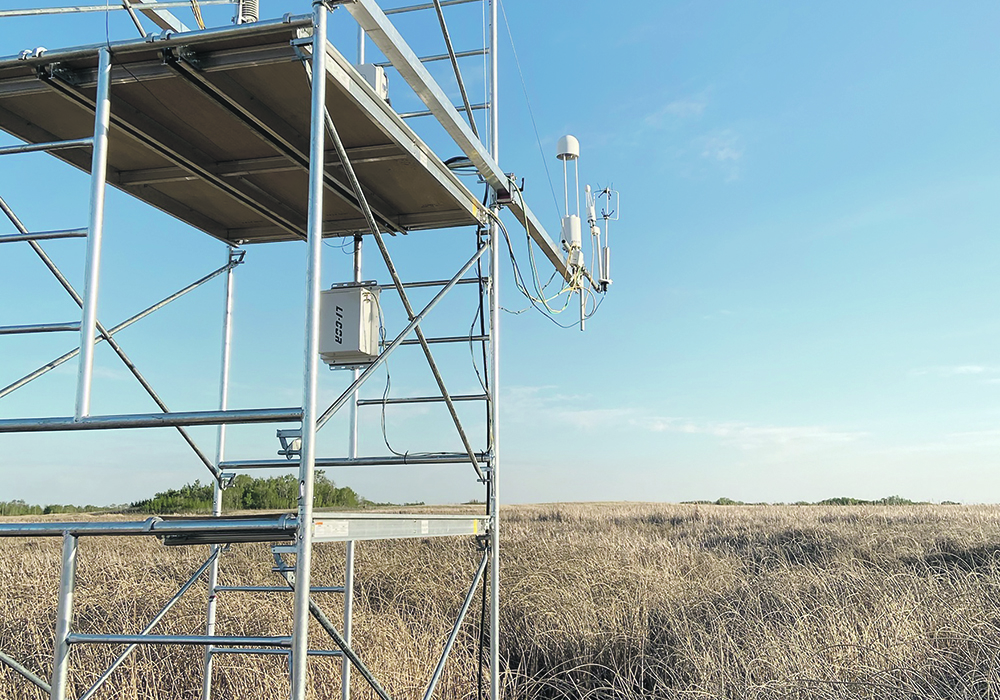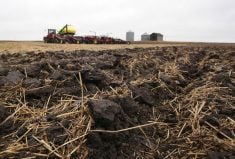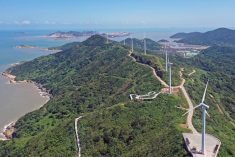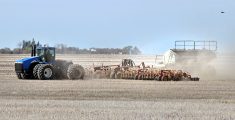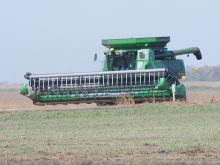Two ‘flux towers’ installed in Manitoba carry sensors that can capture data revealing emissions of methane and carbon dioxide
Farmers should get credit for the good work their wetlands do for carbon emission reductions.
But before they can get that, they might need to prove it.
That’s the thinking behind a project that has placed high-tech towers in two Manitoba farm wetlands.
“We need to pound on the ecological goods and services that wetlands, grasslands and healthy soils provide,” said Duncan Morrison, executive director of Manitoba Forage and Grasslands Association, one of the organizations involved in the project.
One of the “flux towers” is in a cropland wetland and the other on a wetland in a cattle operation. The towers carry sensors that can capture data revealing emissions of methane and carbon dioxide. They have been gathering data since May 2021 and will probably conclude monitoring in March 2024.
Read Also
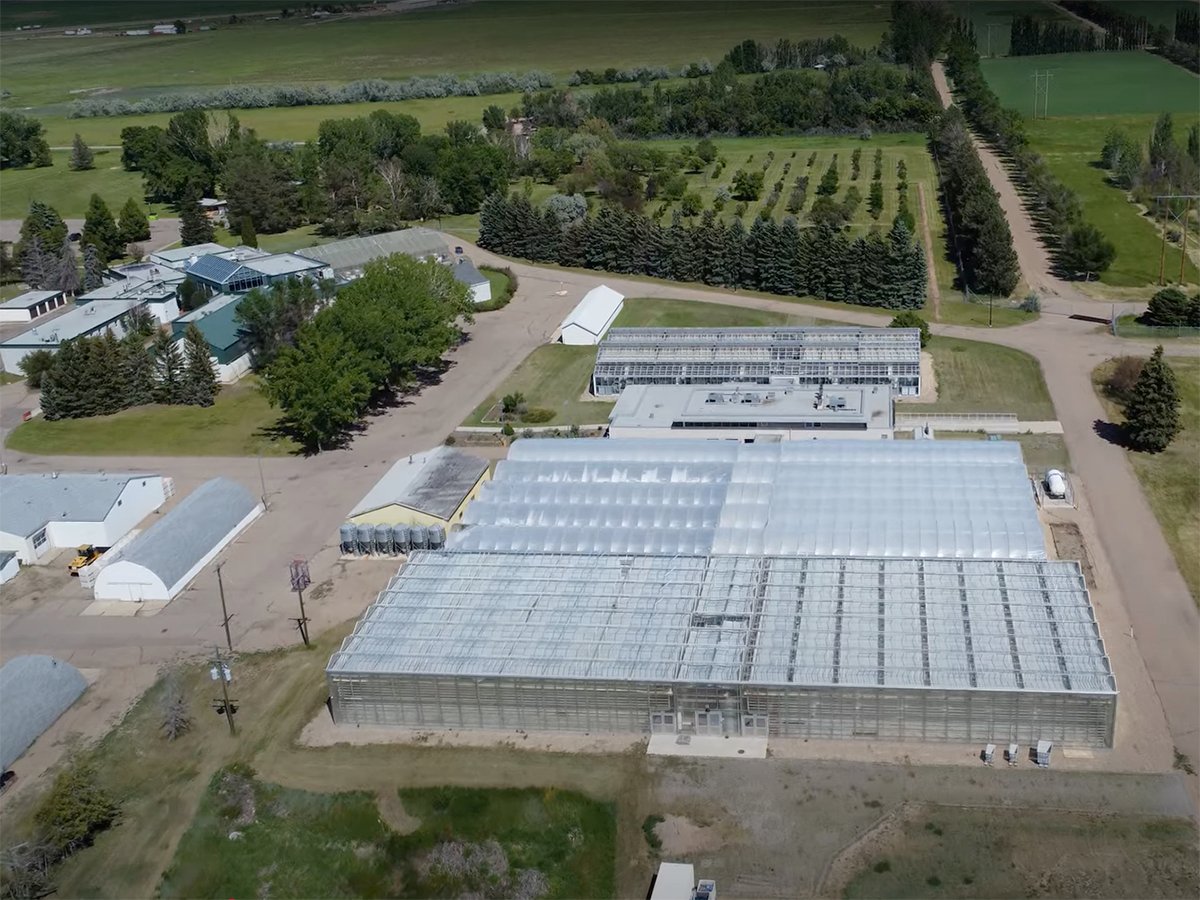
Alberta crop diversification centres receive funding
$5.2 million of provincial funding pumped into crop diversity research centres
Sixteen other farms, with an additional four possible, are also working with the project, but without towers. They will allow Ducks Unlimited staff to observe how their various agricultural operations affect the emissions from their farming activities.
“Agriculture uses a significant amount of land in Western Canada and our study will help inform how different agricultural practices can help reduce greenhouse gas emissions,” said Pascal Badiou, Ducks Unlimited Canada lead scientist for wetland and waterfowl research.
“Scientific measurements are key in protecting and managing the remaining intact natural ecosystems found on prairie farms.”
The two farms with flux towers are near Riding Mountain National Park and the other farms are scattered across the pothole region, from Manitoba to Alberta.
Wilderness preservation and waterfowl protective organizations like Ducks Unlimited are eager to show positive impacts from wetlands because that would encourage their preservation and an ability for farmers with wetlands to highlight the environmental benefits of their farming practices.
Farmer-based organizations like MFGA are keen to prove the benefits their members are creating and perhaps to gain credit for their activities.
“This is a way out-front look at some of the great values from a carbon perspective that these natural systems provide,” said Morrison in an interview.
“Every time we can establish an evaluation or we can come down with some really great science like this … that can help those of us who are supporting producers that are working on these lands to give another value to help the dialogue, the preservation/conservation (of the farm’s natural environment) and most of all profiting by producers off of these intact systems.”
The project is intended to produce data that can be used in national greenhouse gas and carbon emission sequestration reporting for a possible new revenue source on farms and establish the basis of a long-term monitoring program.


